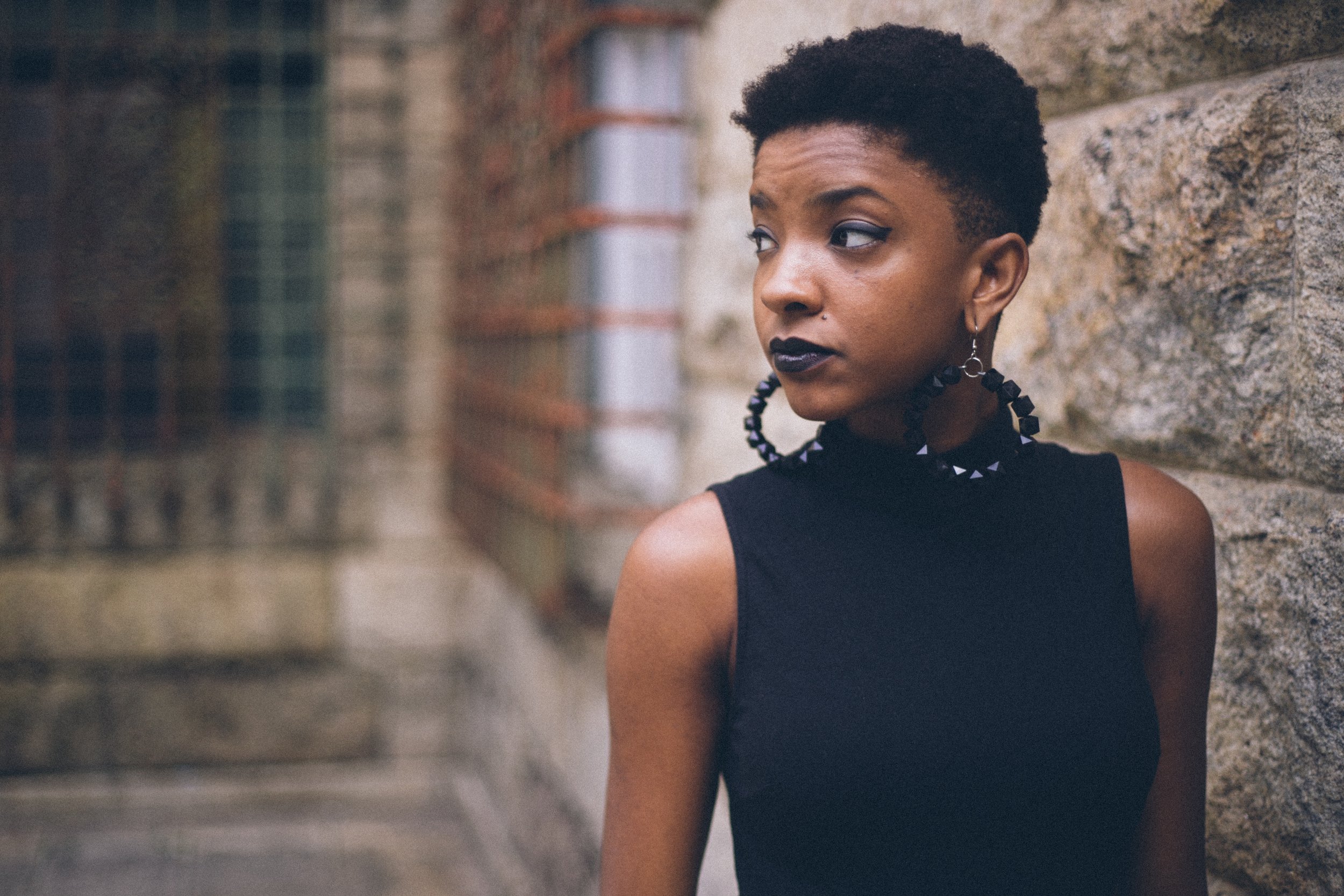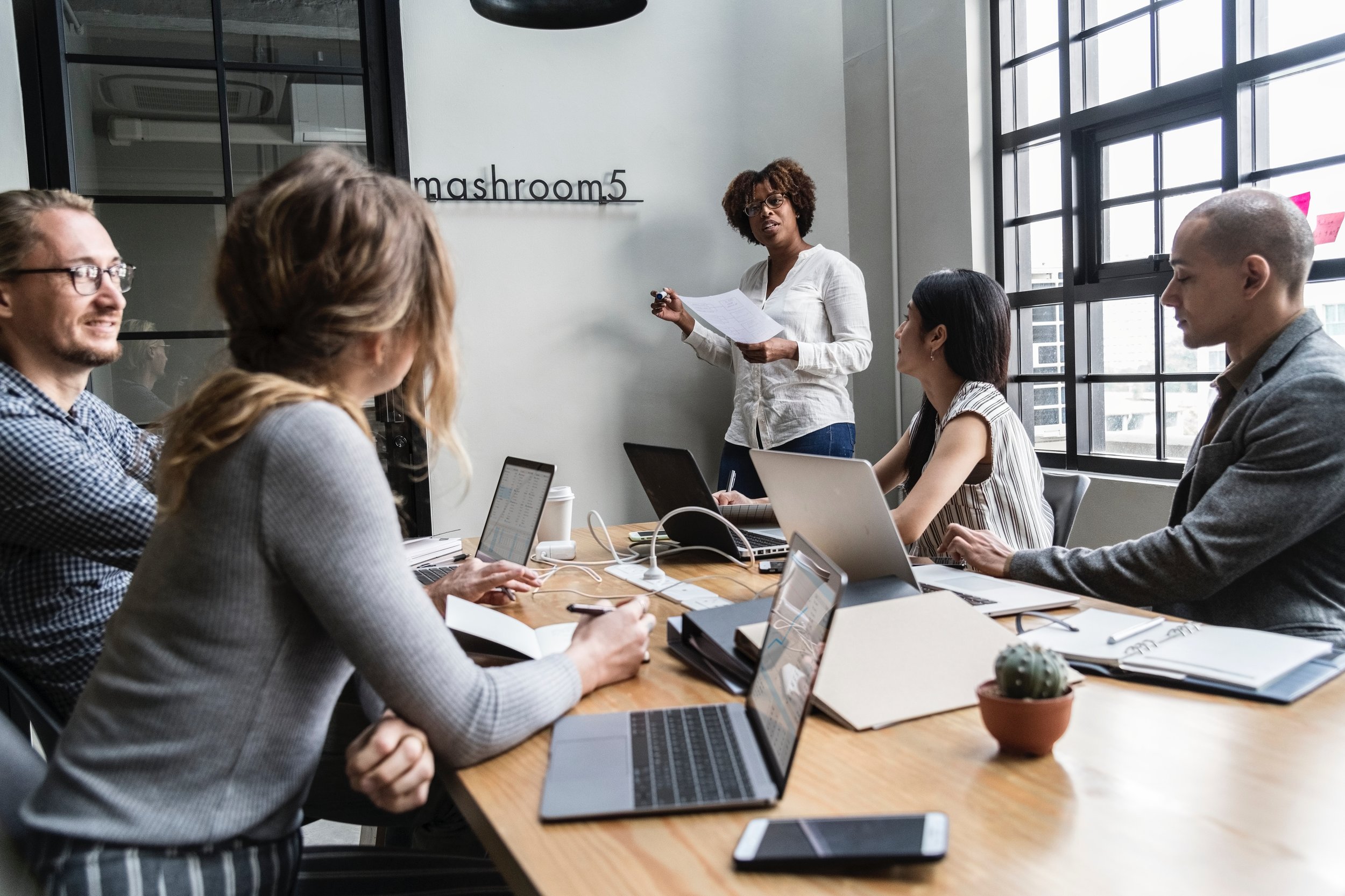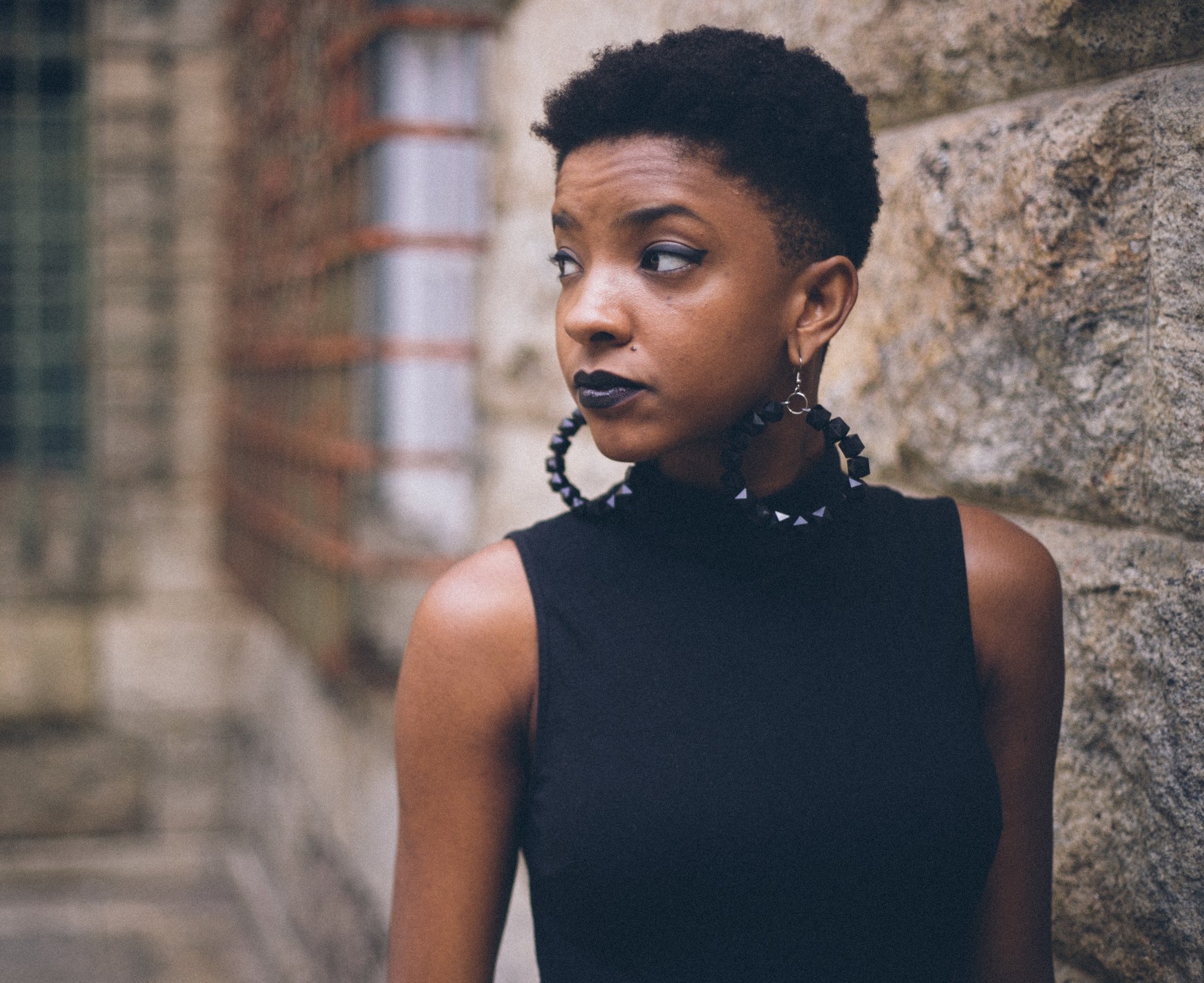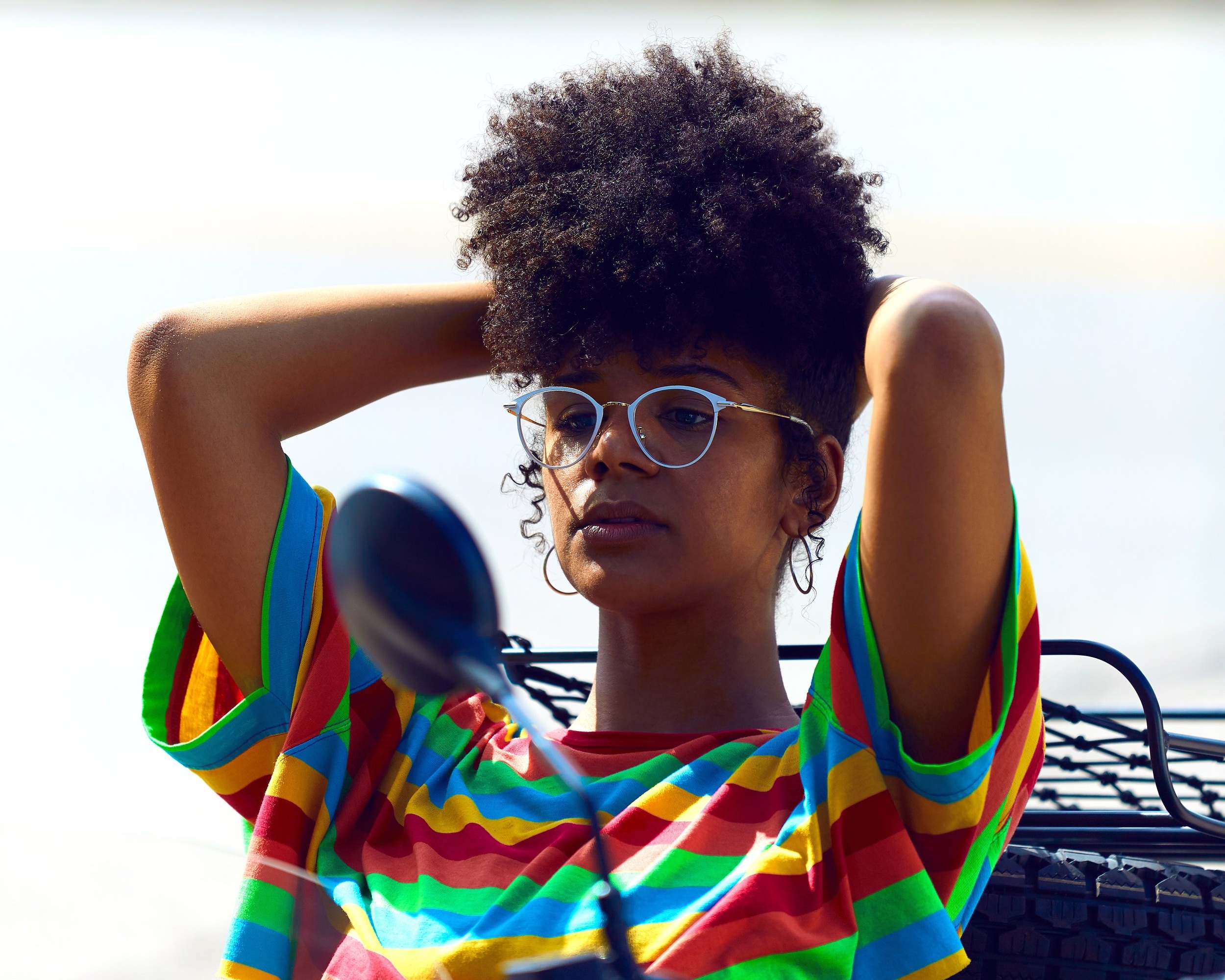Racial Anxiety: What No One Is Talking About

Let’s go back to 2014, when unarmed Michael Brown was brutally murdered by police officers in Ferguson, Missouri. In 2015, unarmed Walter Scott was shot in the back and killed as he fled from the police on foot. In 2016, registered gun owner Philando Castile informed police that his gun was in his car prior to being shot and killed by Minnesota police officers. In 2018, two black Oakland, California residents set up a barbecue cookout on public grounds only to have the police called on them by a white resident. At Yale University, Lolade Siyonbola had the police called on her for taking a nap in her dorm’s common room. These cases are far more common than they should be and they have lasting consequences.
These events and many, many more have led to a form of anxiety that most people aren’t familiar with. Racial anxiety refers to heightened levels of stress and emotions that we confront when interacting with people of other races. But racial anxiety isn’t a new phenomenon. Black people, in particular, have been suffering from racial anxiety since the Atlantic Slave Trade. It’s only recently that white people have felt the effects too. While black people fear they’ll be the subject of discrimination and hostility, white people, on the other hand, worry that they’ll be assumed to be racist. It’s a double-edged sword that has everyone tiptoeing around each other. Racial anxiety leads to implicit biases, or thoughts or feelings we’re unaware of that lead to a preference or aversion toward a person or category of people. Yep, y’all know exactly what I’m talking about. Implicit biases affect us at school, work, the doctor, the grocery store, everywhere. Implicit biases affect every aspect of our lives.
So, what’s currently being done about racial anxiety, if anything? Efforts to increase diversity and inclusion have recently become a subject of importance in American schools and workplaces. More people of color are being accepted into majority white professions and schools. Diversity and inclusion kills two birds with one stone. It increases the representation of people of color and other marginalized groups whilst also increasing the opportunity for positive interracial contact. It’s this contact that challenges implicit biases and (hopefully) leads to a decrease in stereotypes and racial anxiety.
It’s also important to note that the exposure of police brutality and discrimination toward black people contributes to racial anxiety. Yes, we should be aware of what’s going on in this country, but it’s okay to tune out sometimes. Take a break from the news. Focus on something positive going on in your community. Dealing with constant exposure to racism and discrimination targeted toward your own community doesn’t just cause anxiety, it can also cause stress and hopelessness.
Lastly, we accomplish nothing by avoiding the tough conversations. We can help combat racial anxiety by addressing the real life effects of implicit bias. Try to speak up when you experience microaggressions. Correct the person that made assumptions about you because of a negative stereotype. It’s hard, it’s not fair, it’s exhausting, and it sucks sometimes, but it’s necessary.
Keep the hope for positive race relations alive. This country has centuries of unlearning and restructuring to do. The progress is slow, but it’s happening. Be open-minded, be firm, be strong, be loving, and be tough when needed. We will get there one day.
Zoe is a graduate student from Houston currently obtaining her Masters of Science in Clinical Mental Health Counseling at The University of Texas at San Antonio. She is very passionate about mental health and wellness and is an advocate for self-care and therapy. Zoe believes that all people should invest in their mental health and that we become our best selves from the inside out. You can see more of her work at thelifetherapist.org






